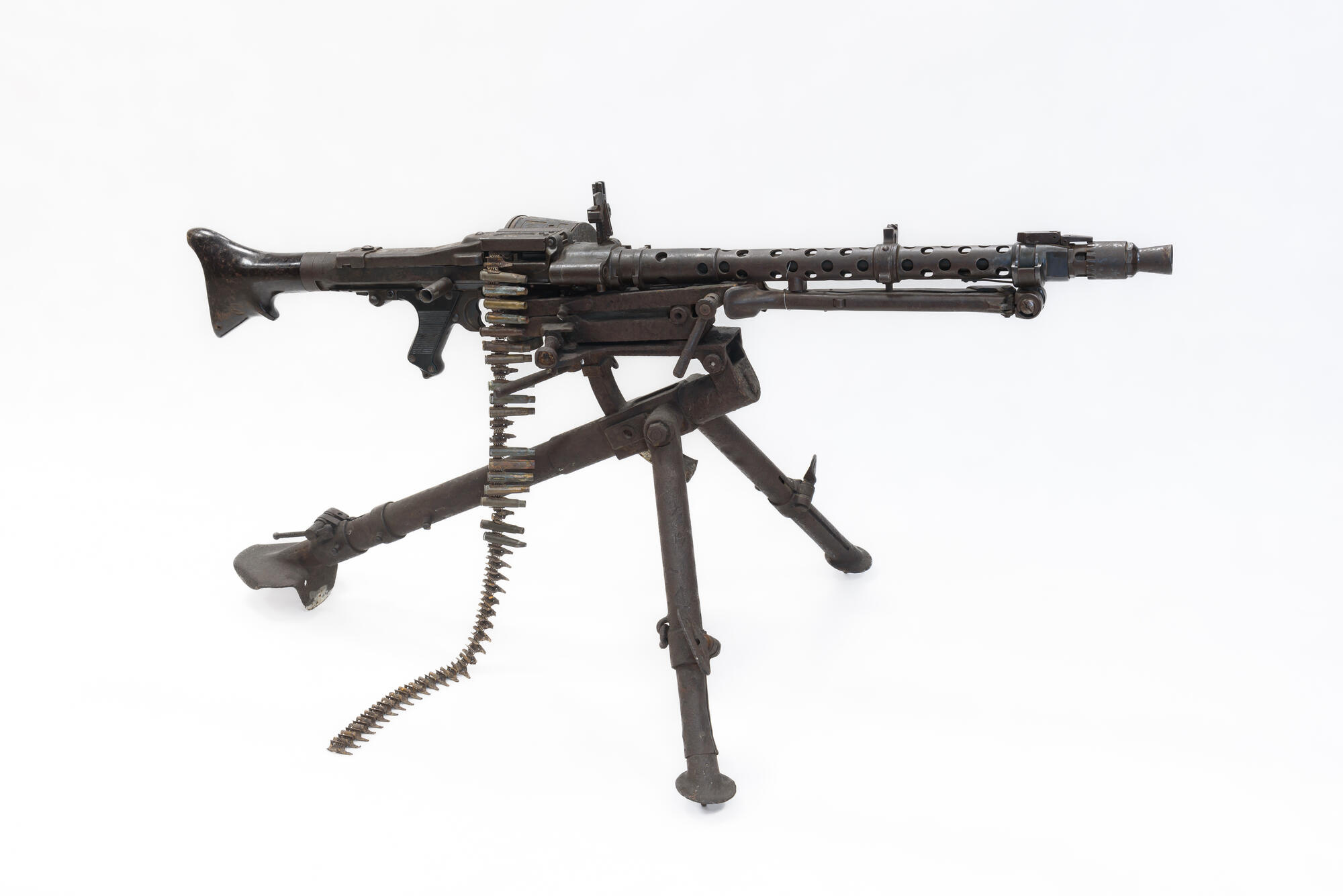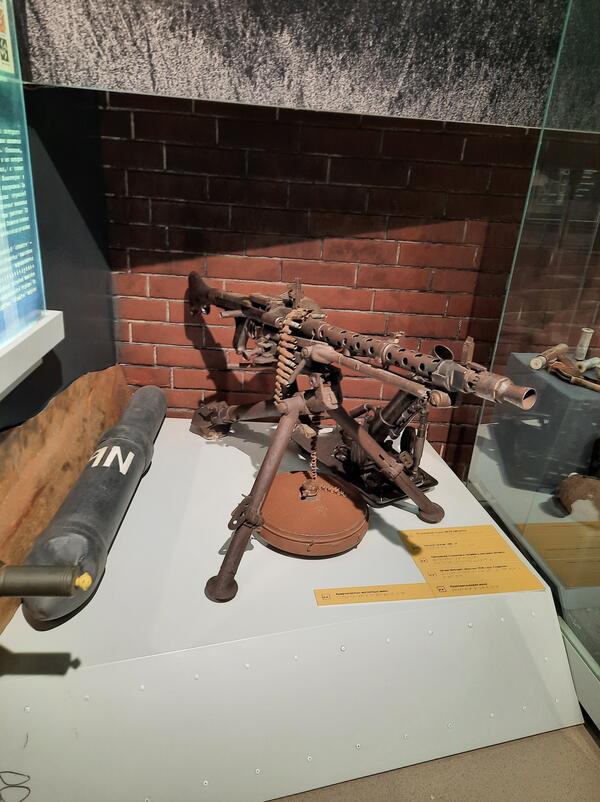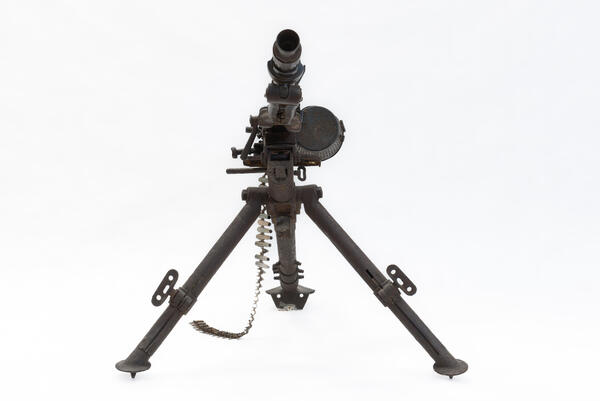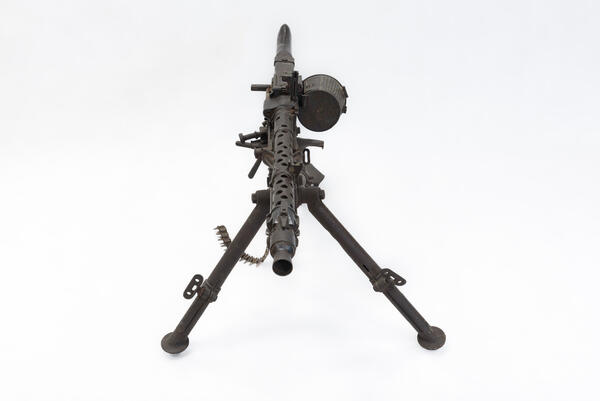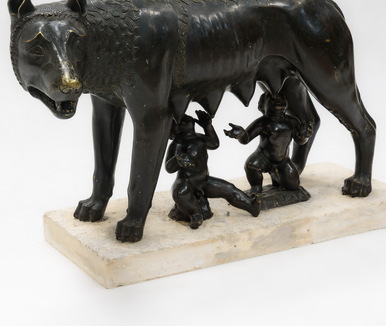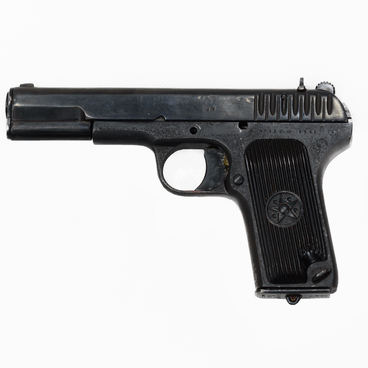The MG-34 machine gun was developed by Rheinmetall-Borsig AG. Its designers took into account all the experience of using such weapons in the First World War. The machine gun could be mounted on bipods and onto a weapons platform or be fitted on tanks and other armored vehicles. This machine gun weighed only 12 kg, so it was easy to transport it to support infantry units.
The machine gun had many advantages, and its production continued until the very end of the war. However, there were some serious drawbacks that were especially significant in wartime conditions. The most salient problem of the MG-34 was its high cost and complexity for mass production. The machine gun had a large number of milled parts and special types of steel were required. Disassembly of the machine gun and its maintenance were quite difficult. For this reason, it was decided to conduct a modernization, which started in 1938. The beginning of the war with Russia only accelerated this process: the MG-34 was very sensitive to dirt and mud, which became immediately evident during its use on the Eastern Front and in the deserts of North Africa. The machine gun was officially adopted by the Wehrmacht in 1934 and until 1942 was the main machine gun not only of the German infantry, but also of the tank forces.
The MG-34 was fed by ammunition belts from a 150-round box or from 300-round cartridge boxes. The 150-round boxes inherited from the Reichswehr were solid. Later there were smaller containers for 25 rounds (until 1938), and then one for 50 rounds. In addition to these cartridge boxes, various special cartridge boxes were also used for various equipment. There were man-portable compact cylindrical boxes for 50-round ammunition belts, which were attached directly to the feed tray on the left side of the machine gun. In 1938, a magazine-fed MG-34 version was introduced for anti-aircraft units and in 1939 for tank units: the feed cover for the feed mechanism that runs the ammunition belt through the gun was modified to accept a 75-cartridge drum magazine. The magazine consisted of two connected drums that fed the chamber one after another.
Although this machine gun was made in Germany, captured units were used by both the Red Army and American armed forces.
The machine gun had many advantages, and its production continued until the very end of the war. However, there were some serious drawbacks that were especially significant in wartime conditions. The most salient problem of the MG-34 was its high cost and complexity for mass production. The machine gun had a large number of milled parts and special types of steel were required. Disassembly of the machine gun and its maintenance were quite difficult. For this reason, it was decided to conduct a modernization, which started in 1938. The beginning of the war with Russia only accelerated this process: the MG-34 was very sensitive to dirt and mud, which became immediately evident during its use on the Eastern Front and in the deserts of North Africa. The machine gun was officially adopted by the Wehrmacht in 1934 and until 1942 was the main machine gun not only of the German infantry, but also of the tank forces.
The MG-34 was fed by ammunition belts from a 150-round box or from 300-round cartridge boxes. The 150-round boxes inherited from the Reichswehr were solid. Later there were smaller containers for 25 rounds (until 1938), and then one for 50 rounds. In addition to these cartridge boxes, various special cartridge boxes were also used for various equipment. There were man-portable compact cylindrical boxes for 50-round ammunition belts, which were attached directly to the feed tray on the left side of the machine gun. In 1938, a magazine-fed MG-34 version was introduced for anti-aircraft units and in 1939 for tank units: the feed cover for the feed mechanism that runs the ammunition belt through the gun was modified to accept a 75-cartridge drum magazine. The magazine consisted of two connected drums that fed the chamber one after another.
Although this machine gun was made in Germany, captured units were used by both the Red Army and American armed forces.
